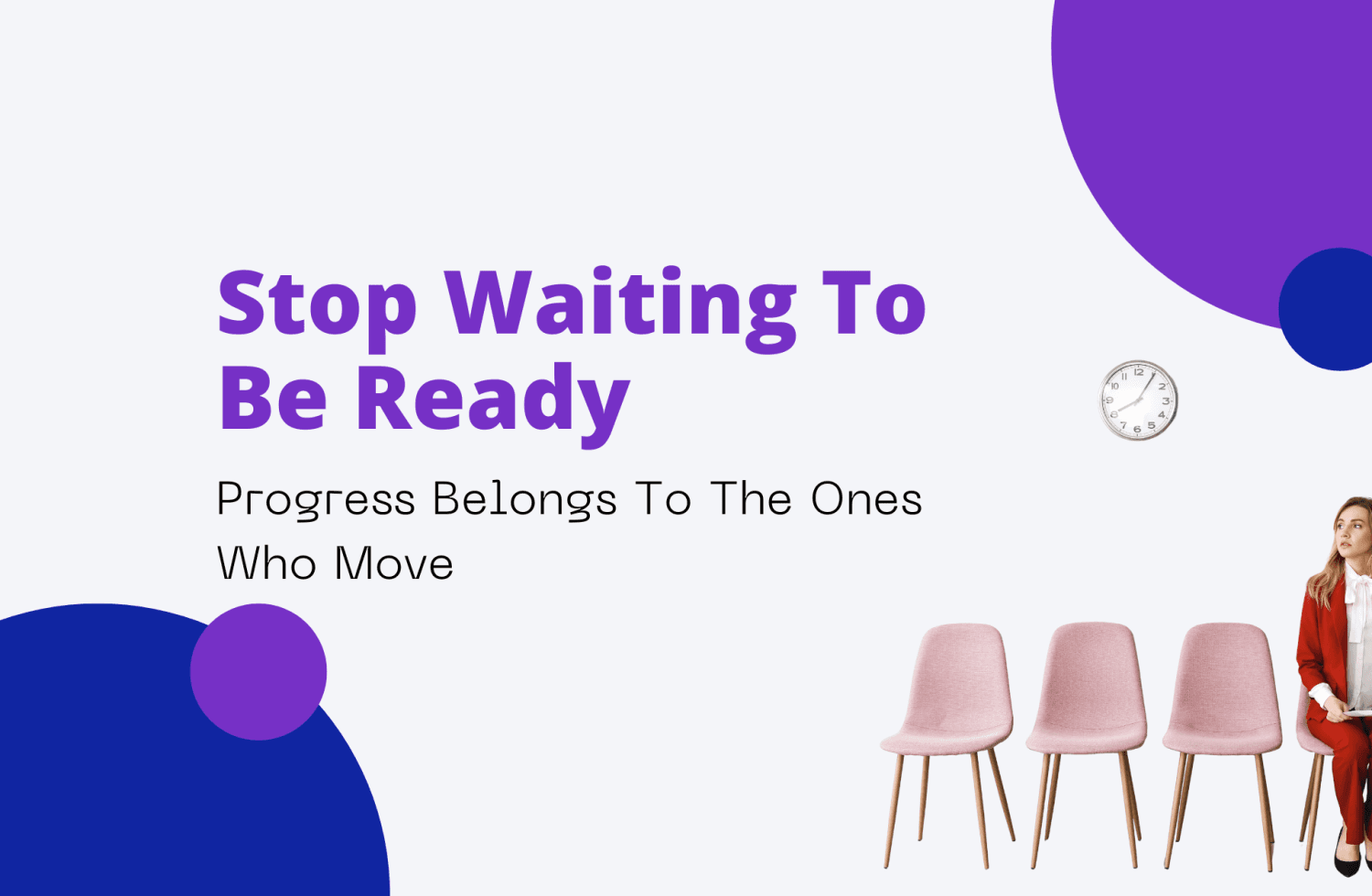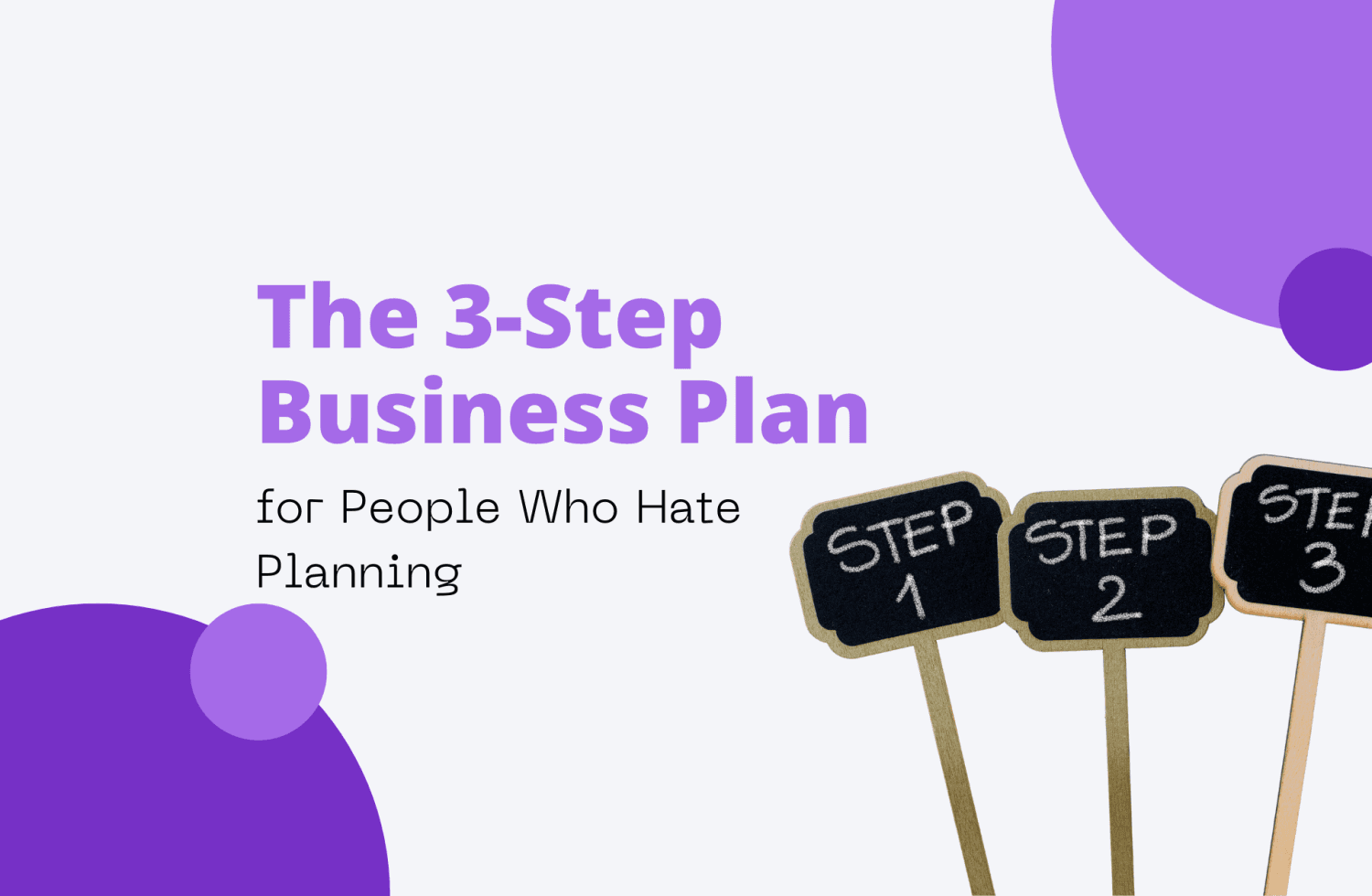Click Here to Download Today's Infographic
Simple Doesn’t Mean Basic—It Means Built to Work
Simple isn’t a shortcut. It’s a strategy.
The most effective digital products don’t win because they’re huge or flashy. They win because they solve something real—and do it without wasting time.
“Simple” doesn’t mean lazy. It doesn’t mean thin.
It means focused. Built with intention. Designed to move fast, deliver quickly, and remove friction.
And here’s what most people miss:
They confuse complexity with value. They think they need 40 videos, a multi-step funnel, or a perfectly branded launch to be taken seriously.
So they stall. They build endlessly. They get stuck in their heads, waiting for “ready.”
But customers don’t buy complexity. They buy clarity. They buy relief.
That means the product that removes one real pain—clearly, quickly, and usefully—is the one that starts selling today.
Not next month. Not after the next big rebrand. Today.
Simple wins scale faster because they’re easier to make, easier to test, easier to sell, and easier to improve.
They don’t wait for perfect timing.
They work because they work fast—and prove value early.
So if you're wondering what to build or why your offer isn’t landing… Start by subtracting.
Then ask: What’s the one painful problem I can help solve in one sitting?
Now you’re not selling a product. You’re offering a solution. And simple solutions travel far.
Why Most People Overcomplicate Their Products
Value Isn’t About Volume—It’s About the Right Win at the Right Time
Somewhere along the way, we were taught that value meant more.
More videos. More bonuses. More features. More everything.
So we pile it on.
A course becomes 10 modules.
A PDF turns into a 40-page workbook.
And suddenly, what started as a clear solution becomes overwhelming—both to build and to buy.
But real value doesn’t come from volume.
It comes from speed, clarity, and impact.
The moment someone feels a quick shift—less confusion, more control, one problem finally solved—that’s value.
Not after 10 hours of content.
Not after three upsells.
Right now.
Because people aren’t looking for more.
They’re looking for relief.
When you focus on solving just one real pain point, two powerful things happen:
- The buyer knows exactly what they’re getting and why it matters.
- You stop overthinking and start shipping.
You don’t need a course packed with extras. You need a checklist that works.
You don’t need a five-step funnel. You need one clear story that says:
“I’ve been there. This helped. Try it.”
Simple doesn’t just make things easier.
It makes people trust you. Because it respects their time. It delivers early. And it keeps its promise.
And the best part?
You don’t have to wait weeks to launch.
You just have to stop hiding behind more.
And start delivering what already works.
A Real Example: The Designer Who Couldn’t Scale
A freelance designer hit a wall.
She had steady leads coming in, strong word of mouth, and a growing audience online. But she couldn’t keep up with the back-and-forth.
Every new inquiry meant answering the same questions, jumping on a quick call that turned into a long one, and walking away with zero commitment.
It wasn’t just draining—it was derailing her deep work and delaying her actual client projects.
She’d built a reputation for sharing useful tips on branding and design. People loved her posts, saved her templates, and messaged her things like, “This is so helpful.”
But none of that translated into paying clients.
Her content was appreciated, but it wasn’t doing any of the heavy lifting when it came to her process.
She was giving value, but constantly explaining the basics—again and again.
She realized:
She wasn’t lacking leads.
She was lacking clarity—for them and for herself.
Instead of trying to build a full course or hire help, she took a much smaller step.
She created a simple tool: a 10-question “Client Prep Audit” to help small business owners check if they were actually ready to hire a designer.
It was short, self-guided, and specific—focused on timelines, budgets, brand goals, and readiness.
She paired it with a quick video explaining how to use it, plus a few auto-response options that helped people take their next step on their own.
Once it was up and running, she quietly added the link to her bio and started pointing people there whenever a new inquiry came in.
By the end of the first week:
Dozens of people had downloaded it.
Five followed up to book her for a paid 1:1 consult.
And even those who didn’t buy thanked her for the clarity.
She didn’t overhaul her business.
She just packaged what she already knew—into something others could use without needing her time.
That one shift gave her space, saved her hours, and helped her reconnect with the work that mattered.
It wasn’t fancy. But it worked.
And that’s what made it scalable.
The Steps That Actually Work (And Why They Matter)
1. Pick One Pain to Audit
Look for one clear frustration people talk about often. Not a vague problem—something specific like, “I don’t know if my website is converting.” If people say it out loud, it’s a winner.
2. Write a 10-Question Checklist
Make it binary—yes or no questions that help them spot what’s broken or unclear. Keep it tight and free of jargon. The goal is to help them self-identify the pain fast.
3. Turn It Into a Scorecard
Use color or categories to show where they stand. Red = fix this. Green = good. Let the visual speak clearly so they don’t need an explanation.
4. Add Copy-Paste Feedback
Write 3 quick notes people can use based on their results. Think: “Looks great,” “Tweak this,” “Needs a redo.” This makes your product feel more personalized.
5. Save It as a Shareable File
Make it look pro without overthinking it. Add your name, a bold title, and a short intro. Export as a PDF.
6. Record a 2-Minute Demo
Show how it works. Use Loom, ScreenStudio, or your phone. Just walk them through the file in plain language.
7. Offer a Clear Next Step
At the end of your PDF, add a line like, “Want help fixing this? Click here to book a call.” One sentence. One link.
8. Price It Low for Fast Sales
Don’t overthink pricing. $9–$25 is the sweet spot. You’re not trying to make $1,000 in one sale. You’re trying to build momentum and proof.
9. Post It With a Story
Don’t just say “new product out now.” Tell a quick story. What problem does it solve? When did you face it? Use that to frame your offer.
10. Collect Wins from Buyers
Ask each buyer one question: “What did this help you fix?” Screenshot the replies. Share the results.
11. Launch in Under 15 Minutes
Create an account at creatyl.com. Upload your PDF and video. Set your price. Share the link.
That’s it. No course builder. No funnel stress. Just one real solution, sent fast.
Real Tools to Help You Build Quickly
AI Tool — Taskade’s Smart Workflow Generator
Turn your 10-question checklist into a smart workflow with branching logic. Taskade now lets you build step-by-step decision trees, export them as templates, and embed them anywhere for buyers. You can even plug your Loom link in for instant walkthroughs.
TED Talk — "The Art of Simplicity" by Richard St. John
St. John shares how success stories across industries trace back to doing fewer things better—not more things louder. His talk breaks down how simple thinking builds powerful execution.
TV Show — Shark Tank
Every great pitch on Shark Tank has one thing in common: simplicity. When founders explain their offer clearly and directly—especially when it solves a specific pain point—they win every time. Watch it with a notepad. Notice what confuses the sharks—and what makes them say yes.
Final Thought: People Don’t Pay for Perfection. They Pay for Relief.
When someone’s overwhelmed, they’re not looking for another course. They’re not searching for more tabs to open or frameworks to decode.
They just want something that works. Something that cuts through the noise and gives them back a sense of control. A clear next step. A win they can actually feel.
That’s what simple, focused products deliver. Not fluff. Not filler. Just the real help people didn’t know they could get this easily.
And that’s the shift: You’re not here to impress. You’re here to remove friction. To solve a problem without turning it into a project.
The creators who grow fastest aren’t the loudest. They’re the ones who stay useful. The ones who make it easy for someone to say, “That helped me today.”
So don’t wait until it’s perfect. Build the thing that helps. And let it speak for itself.
Want the Infographic From This Post?
You can download a high-quality PDF version of this infographic and keep it as your step-by-step guide.
Use it as a launch checklist, a team tool, or a reference sheet to build fast and stay focused.




